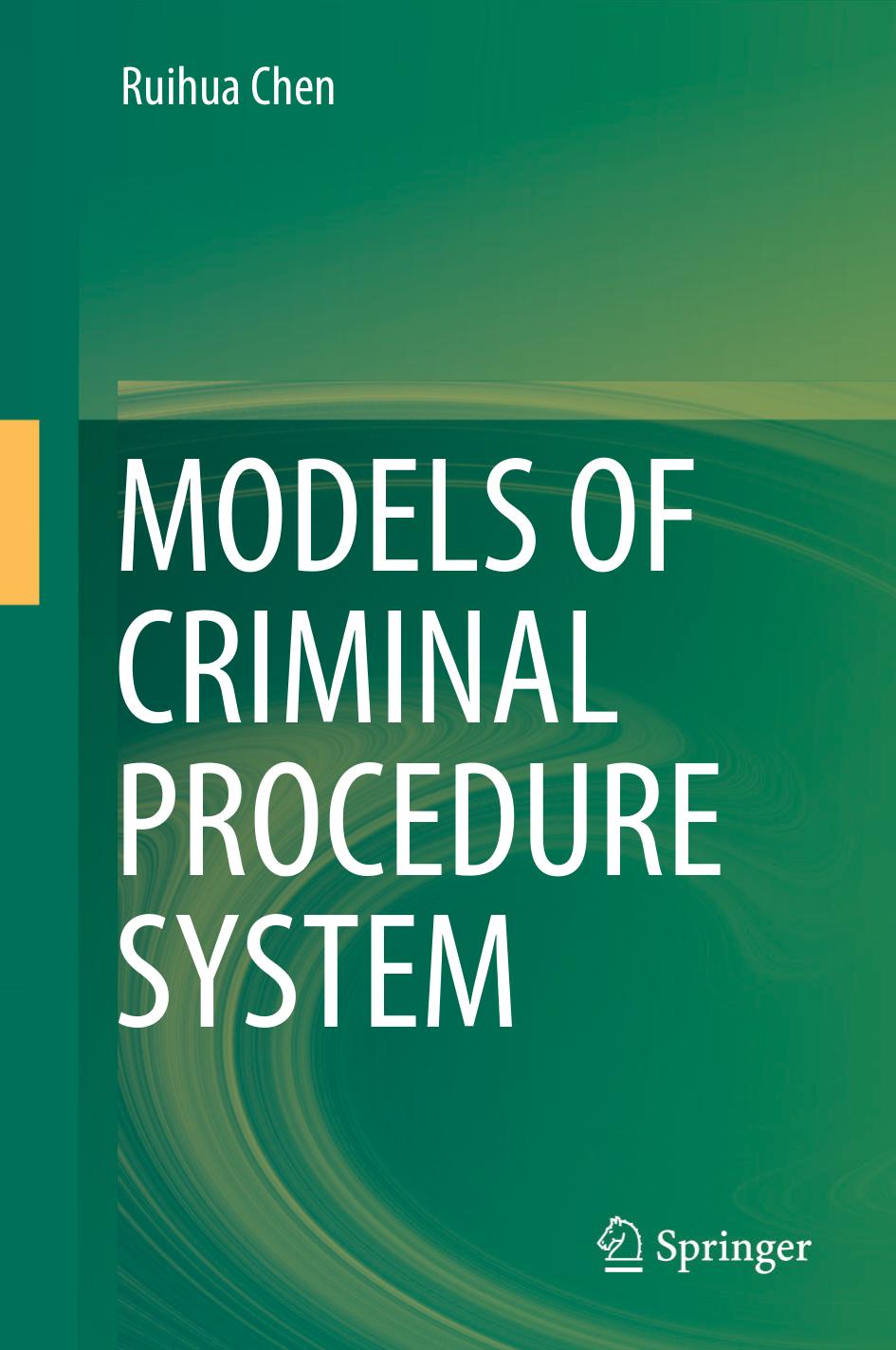Models of Criminal Procedure System by Ruihua Chen

Author:Ruihua Chen
Language: eng
Format: epub, pdf
ISBN: 9789811936517
Publisher: Springer Nature Singapore
8.3.2 Limitations of Confrontational Justice
Confrontational justice has its inherent defects, which bring a series of new problems. First, confrontational justice needs huge judicial resources. The more the common procedure changes in the direction of confrontational justice, the greater the litigation cost will be. With the augmentation of antagonism of the procedure, the suspect and the defendant get more and more procedural safeguards. The period for closing a case is extended accordingly, and the contradiction between the limitation of judicial resources and the legitimacy of the procedure increases. The experience of criminal procedure in the United States shows that without the rapid settlement of up to 90% of criminal cases through plea bargaining, the extremely costly adversarial procedure would be in a state of unbearable burden or even on the verge of collapse.15 The experience of the reform of criminal procedure in Italy in 1988 also suggests that the reform transplanting the adversarial system has broken the balance between the original system and the judicial resources, and only through the separation of complex and simple criminal cases can a new balance be established. Therefore, some summary procedures, including the modified plea bargain, are established in the Italian code of criminal procedure, which becomes the supporting system designed to ensure the implementation of the ordinary procedure.16
After the âtrial model reformâ in 1996, lawmakers made reforms to the ordinary trial process to enhance its adversarial nature, which resulted in the simple trial of some cases. This has been seen as evidence of the failure of the transplantation of the adversarial system. This is the inevitable price for Chinaâs criminal procedure law system to move toward the confrontational justice model. Unfortunately, in the 1996 reform, legislators did not pay much attention to the separation of complex and simple criminal cases, which resulted in the designed summary procedure not being able to meet the needs of judicial practice, so some courts simplified the ordinary trial procedures of some cases. As a result, two kinds of âsummary procedureâ are popular in judicial practice.17
Thus, any reform aiming at confrontational justice may break the existing balance, increase the litigation cost, and prolong the time required to close a case, which shows that confrontational justice needs huge litigation cost, and the reforms aimed at making the defendant stronger and ensuring the equality between the two sides are bound to bring problems such as inefficiency and delay. The implementation of confrontational justice is costly.
Secondly, confrontational justice relies on the opposition between the prosecution and the defense, so there is no basis for this model in those cases where the defendant pleads guilty. Those theories and principles about the confrontational justice that researchers are interested in can only be applied in a small number of cases. The experience of China shows that more than 95% of the suspects confess at the pre-trial stage and more than 80% of the defendants plead guilty in court. In cases where the defendant renounces the right of innocence defense, the presumption of innocence and the proof system cannot play a role.
Download
Models of Criminal Procedure System by Ruihua Chen.pdf
This site does not store any files on its server. We only index and link to content provided by other sites. Please contact the content providers to delete copyright contents if any and email us, we'll remove relevant links or contents immediately.
The Thirst by Nesbo Jo(6786)
Permanent Record by Edward Snowden(5709)
The Myth of the Strong Leader by Archie Brown(5392)
Spare by Prince Harry The Duke of Sussex(5030)
A Higher Loyalty: Truth, Lies, and Leadership by James Comey(4817)
Secrecy World by Jake Bernstein(4612)
Adulting by Kelly Williams Brown(4458)
The Borden Murders by Sarah Miller(4211)
Machine Learning at Scale with H2O by Gregory Keys | David Whiting(4043)
Killers of the Flower Moon by David Grann(3925)
American Kingpin by Nick Bilton(3731)
Fear by Bob Woodward(3613)
The Secret Barrister by The Secret Barrister(3590)
Future Crimes by Marc Goodman(3490)
The Last Girl by Nadia Murad(3414)
The House on Mango Street by Sandra Cisneros(3371)
Liar's Poker by Michael Lewis(3343)
The Social Psychology of Inequality by Unknown(2918)
Graduate Admissions Essays, Fourth Edition: Write Your Way into the Graduate School of Your Choice (Graduate Admissions Essays: Write Your Way Into the) by Asher Donald(2849)
